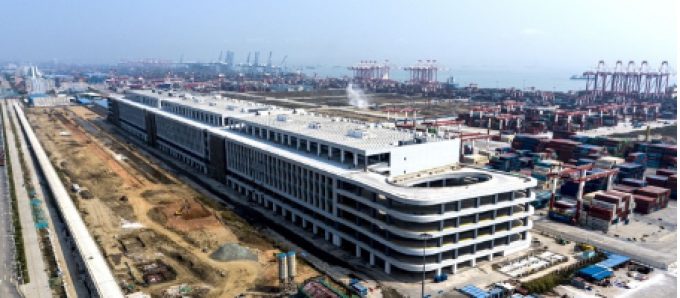South China box trades could see vessel schedule changes, post-Yantian crisis?
In the aftermath of the Yantian port congestion crisis, South China container trades could be ...

Recently we reported how Port of Nansha was the fastest-developing port in South China. Port of Nansha belongs to the portfolio of the Guangzhou Port Group and is a combination of the busiest domestic port terminal and a fast-developing international business.
With its new infrastructure projects being finalised and delivered, Port of Nansha will further transform to become the freight hub of the Greater Bay Area, in the Pearl River Delta.
All major alliances calling
After a lot of investment and positive development, ...
Outlook for container shipping 'more uncertain now than at the onset of Covid'
Transpac container service closures mount
Zim ordered to pay Samsung $3.7m for 'wrongful' D&D charges
Flexport lawsuit an 'undifferentiated mass of gibberish', claims Freightmate
Shippers warned: don't under-value US exports to avoid tariffs – 'CBP will catch you'
Cancelled voyages take the sting out of spot rate declines this week
New Houthi warning to shipping as rebel group targets specific companies
Blanked sailings in response to falling demand 'just a stop-gap solution'

Comment on this article